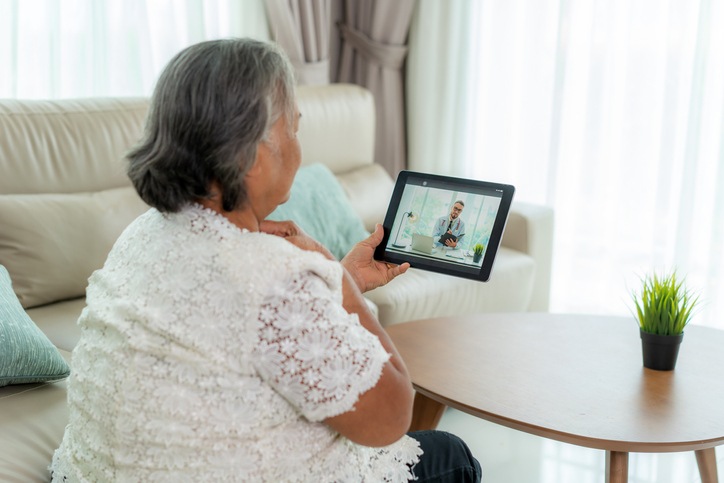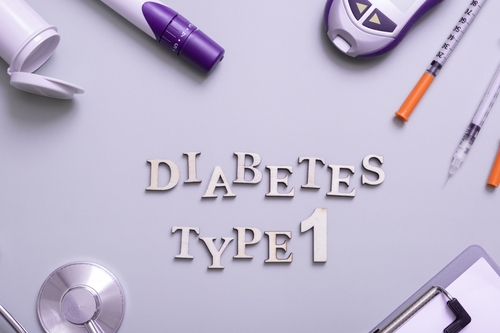
Patients with osteoporosis experienced medication interruptions and delayed Dual-energy X-ray Absorptiometry (DXA) scans, according to a global survey.
“The survey indicates that the identification and management of osteoporosis in patients has been profoundly affected by the pandemic, by delays in obtaining a DXA scan or in providing medication. There is a concern that the traditional gold standard assessment and management of osteoporosis patients was not performed in the majority of cases during the pandemic, leaving many patients without assessment and treatment,” said corresponding study author Professor Cyrus Cooper, president of the International Osteoporosis Foundation (IOF), which took part in conducting the survey, in a press release.
The IOF survey was sent to 526 healthcare providers from the IOF Committee of Scientific Advisors and the Committee of National Societies between May 18 and June 8, 2020. The National Osteoporosis Foundation (NOF) survey was sent to 400 healthcare providers in NOF’s Professional Partner Network membership program between April 15 and April 24, 2020.
A total of 209 people responded to the survey. Fifty-three countries were represented; respondents from Europe (28%), North America (24%), the Asia Pacific region (19%), the Middle East (17%), and Latin America (12%) were included. Most respondents were physicians (85%) and represented rheumatology (40%).
Most institutions were open for emergency as well as routine appointments (57%); 21% were open for face-to-face or telemedicine consultations only for emergencies; 23% were available for non-acute or routine visits; and 7% were closed to all visit types. The most common mode of patient contact was telephone consultations (33%), followed by face-to-face appointments (26%), video consultations (21%), and urgent “in-person” visits (18%).
In terms of DXA use to conduct disease risk assessment, 29% of respondents said they scheduled one as soon as possible, 11% assessed patients using a clinical risk calculator alone, 29% used a clinical risk calculator and planned a DXA for a later date, and 33% planned a DXA for when the risk of contracting COVID-19 would likely be lower. A few respondents said their DXA unit was closed or that they were referring patients to an osteoporotic fracture clinic service (5%).
Just over two in five respondents said they encountered difficulty in arranging for appropriate medications for their patients; among these respondents, barriers included “limited supply of or difficulty in acquiring medications, delay in administration of parenteral agents normally provided by a healthcare professional (both infusions and injections), reluctance on the part of patients to present for medication administration appointments even when opportunities existed and travel restrictions and self-isolation, resulting in patients being unable to attend office visits for administration of medications,” according to the study authors.
Reimbursement was also affected, as Professor Susan L. Greenspan, senior study author and president of NOF, elaborated: “There appears to be a substantial impact on reimbursement, which may have implications for the ability to sustain and offer various osteoporosis clinical services and tests such as DXA. In the USA, despite Medicare allowing greater flexibility for home administration of injectable medication, some 39% of survey respondents were either not sure about the new arrangement or would not consider using this option. This could potentially lead to a reduction in resources, and corresponding decrease in the assessment and treatment of patients with osteoporosis and related fracture.”
The study was published in Osteoporosis International.
The researchers concluded, “These findings serve to highlight the detrimental effects the COVID-19 pandemic is having on osteoporosis assessment and management. At worst, this will result in a rise in fracture rates and a huge increase in individual morbidity and societal burden.”







 © 2025 Mashup Media, LLC, a Formedics Property. All Rights Reserved.
© 2025 Mashup Media, LLC, a Formedics Property. All Rights Reserved.